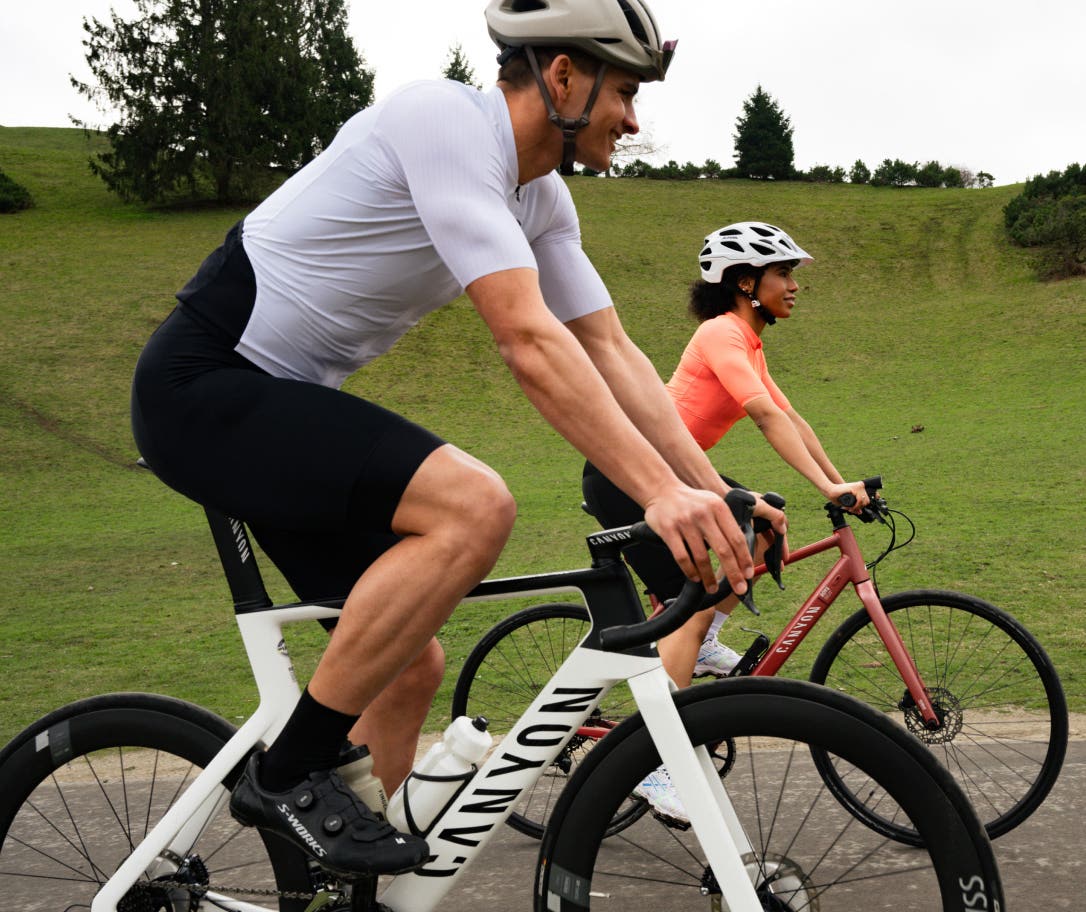Injuries can be a significant setback on the road to achieving your fitness goals, but with the right approach, getting back to exercise can be a smooth and rewarding process. Whether you’re recovering from a minor strain or a major surgery, returning to your routine requires careful planning and patience. Here’s a comprehensive guide to help you navigate this journey effectively, backed by scientific principles and practical advice.
Are you ready to get back to training?
First things first, before diving back into your workout routine, it’s crucial to get the green light from your healthcare provider. And this is especially important if your injury involved surgery or if there are concerns about long-term damage.
Your doctor will assess your recovery progress and provide guidance on when and how you can safely resume physical activity. Even if you’re feeling back to “normal,” it’s important not to skip this step because it ensures you don’t inadvertently worsen your injury or slow your recovery process.
Set expectations
Understanding fitness loss
Here’s the raw truth – any time away from training, especially after an injury or surgery, can lead to a decrease in your fitness level. Even short periods of inactivity can result in noticeable declines in muscle strength and cardiovascular endurance.1
It’s normal to find that you’re not where you left off, and rebuilding your fitness will take time. Acknowledge it and start slowly.
Adopt a positive mindset
A positive mindset is everything when it comes to a successful recovery. Mental resilience and optimism can lead to some pretty significant changes in both your physical recovery and performance.
Athletes who maintain a hopeful outlook during their recovery process are often able to return to their previous levels of performance more quickly and effectively. That means that simply how you approach your return, focusing on gradual improvement rather than immediate perfection, can make all the difference in your comeback.
Goal setting
Set realistic, incremental goals that reflect your current fitness level and recovery status. Instead of aiming for your previous peak performance, set objectives that are challenging yet achievable. This might include improving your endurance or strength over several weeks.
If you previously could run five miles, start with shorter distances and gradually build up. By setting smaller, manageable goals, you can track your progress and stay motivated.

Be patient
Prioritize progression and consistency
The key to a successful return is gradual progression. Start with lower intensity and gradually increase the load as your body adapts. The American College of Sports Medicine recommends beginning at 50-60% of your pre-injury intensity and gradually working up from there.1
This approach minimizes the risk of re-injury and allows your body to adjust to the demands of exercise.
Avoid re-injury
The last thing you want to do is push yourself too hard and risk re-injury. This means avoiding high-intensity exercises and heavy weights early on.
Listen to your body and respect its signals. If you experience any sharp pain or discomfort, it’s crucial to stop and reassess your routine.
Focus on technique
Emphasize proper technique and form in your exercises. Poor technique can lead to further injury or strain. Focusing on technique not only reduces the risk of injury but also improves the effectiveness of your workouts.
Muscle memory
Thankfully, your muscles have a remarkable ability to remember their previous state of fitness. This concept, known as muscle memory, means that even after a period of inactivity, your body can regain its previous level of strength and coordination faster than starting from scratch.
Muscle memory is facilitated by changes at the molecular level in muscle cells, allowing for quicker recovery of strength and skill. Give your body time to adjust and gradually regain its capabilities.
Train your whole body
Functional movement
In everyday life, we rarely isolate muscle groups. Instead, our movements involve multiple muscle groups working together. Your workouts should reflect this.
Incorporate compound movements that engage multiple muscle groups to improve overall functional strength and prevent imbalances. Bend and lift and pushing exercises involve several muscle groups and mimic real-life movements, making them effective for functional fitness.
Cross-training
To avoid overloading any one part of your body, consider cross-training. This means incorporating different types of exercises that target various muscle groups and movement patterns.
Cross-training not only helps prevent overuse injuries but also keeps your routine interesting and comprehensive. If you’re focusing on strength training, adding swimming or cycling to your routine can improve cardiovascular fitness and provide a break from repetitive movements.

Nutrition & hydration
Fuel for recovery
Don’t underestimate the power of nutrition when you’re coming back from an injury. Nutrition plays a key role in both muscle repair and overall recovery. Make sure you’re eating enough protein to support muscle repair, along with a balanced intake of carbohydrates and fats for energy. Protein-rich foods like lean meats, fish, and legumes provide the amino acids needed for muscle rebuilding, while carbohydrates replenish glycogen stores depleted during exercise.
Hydration
Often overlooked, hydration is just as important as nutrition. It helps maintain joint lubrication and supports metabolic processes involved in recovery. Water is essential for various bodily functions, including nutrient transport and temperature regulation. So, don’t skip out on your H2O!
Post-workout nutrition
Specifically after your workouts, focus on consuming a mix of protein and carbohydrates to replenish energy stores and aid muscle repair. The post-exercise window is crucial for optimizing recovery.3
Research suggests that eating within 30 minutes of finishing exercise can enhance recovery. A smoothie made with protein powder, fruits, and a handful of spinach can provide a quick and effective post-workout meal.
Stretching & mobility work
Preventing re-injury
Incorporating stretching and mobility exercises into your routine can prevent stiffness and reduce the risk of re-injury. Dynamic stretching before workouts and static stretching afterward can help maintain flexibility and improve range of motion.4
Performing a dynamic warmup before exercise can prepare your muscles for movement, while holding static stretches in the cooldown after your workout can help maintain flexibility.
Regaining mobility
Post-injury, you might find that your range of motion has decreased. Focus on exercises that gently stretch and strengthen the affected areas. Mobility drills, such as foam rolling and yoga poses, can help restore lost movement capabilities and support overall functional fitness.

Listen to your body
Avoid pain
Your workouts should challenge you, but they should never cause pain. Discomfort is normal, especially when reintroducing exercises, but sharp or persistent pain could be a sign that you’re pushing too hard too soon or that your injury isn’t fully healed.
Pay attention to how your body responds to different exercises and adjust accordingly. If you experience pain beyond typical muscle soreness, it’s important to stop and consult a healthcare professional.
Rest and recovery
It seems so obvious, but so many people skip it — make rest days a non-negotiable. Rest days allow your body time to repair and strengthen. If you’re itching to move on your rest day, consider doing active recovery, such as light walking, swimming or dynamic stretching, to get that movement you crave without stressing your body.
Active recovery helps maintain blood flow and promotes muscle repair without overloading your system. Often, active recovery can be more effective than complete rest in reducing muscle soreness and improving recovery.
Let’s recap
- Get doctor’s clearance: Ensure you’re medically cleared before resuming exercise.
- Set realistic goals: Understand that your fitness level will take time to return to previous levels.
- Be patient: Focus on gradual progression, proper technique, and consistency.
- Train your entire body: Use functional movements and cross-training to avoid imbalances.
- Prioritize nutrition and hydration: Support your recovery with proper fueling and hydration.
- Incorporate stretching and mobility work: Prevent stiffness and maintain flexibility.
- Listen to your body: Avoid pain and include rest days for effective recovery.
Injuries and setbacks are frustrating but are often a natural part of any fitness journey. And it’s how you respond to them that defines your path forward. Embrace the process with patience and resilience, knowing that the long-term benefits of regular exercise far outweigh the temporary challenges. With determination and the right approach, you’ll come back stronger than ever.
Sources
[1] Hickson, R. C., et al. (1980). Reduced training-induced improvements in aerobic capacity following detraining and retraining. Journal of Applied Physiology, 48(5), 883-889.
[2] McCall, G., & Morrow, J. R. (2021). Returning to exercise after injury: An overview. Journal of Strength and Conditioning Research, 35(5), 1310-1321.
[3] Ivy, J. L. (2004). The postexercise window of opportunity. Journal of Sports Science & Medicine, 3(1), 1-8. Retrieved from https://www.jssm.org/
[4] Behm, D. G., & Chaouachi, A. (2011). A review of the acute effects of static and dynamic stretching on performance. European Journal of Applied Physiology, 111(11), 2633-2651.